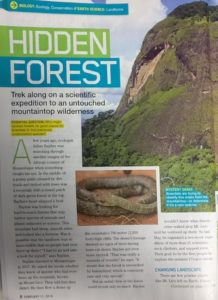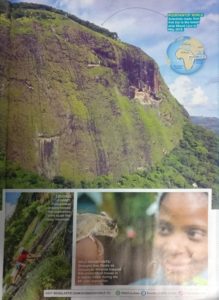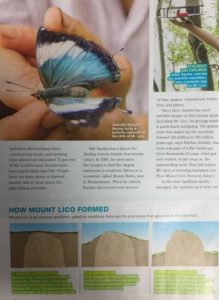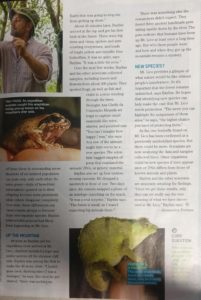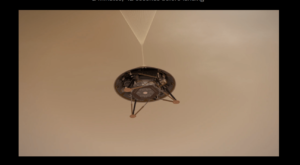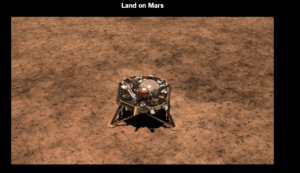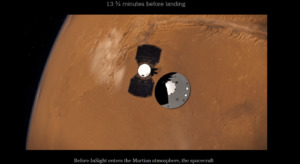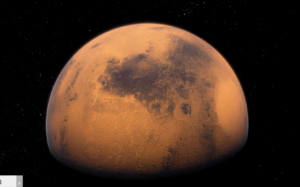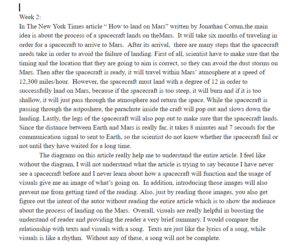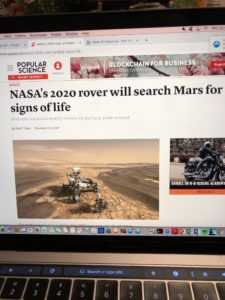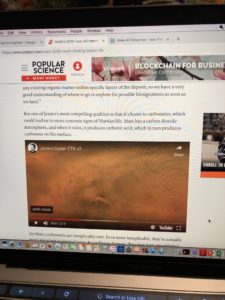Sambeg’s Weekly Response#2
Sambeg Raj Subedi
ENGL 21007-S
Prof. Jesse Rice-Evans
Weekly Assign#2
02/11/2019
On Feb. 11, 2019, The New York Times published an article called “A.I. Shows Promise as a Physician Assistant”. It was written by Cade Metz. This article mainly focused on the latest achievement obtained in the healthcare field through Artificial Intelligence. Being a Computer Science student it was a great pleasure to know the positive impact of “Deep Learning” in almost every field including healthcare, transportation, communication and so on. Being specific to this article, it was mentioned that scientists had built a system that automatically diagnoses common childhood conditions — from influenza to meningitis — after processing the patient’s symptoms, history, lab results, and other clinical data. According to researchers, the system was highly accurate and one day may assist doctors in diagnosing complex or rare conditions. In order to build this system, researchers drew the records of nearly 600,000 Chinese patients who had visited a pediatric hospital over an 18-month period and this vast collection of data was used to train the so-called A.I. system. This system relies on a neural network which is a breed of artificial intelligence. It was also mentioned that Dr. Zhang and his colleagues have created a system that can diagnose an even wider range of conditions by recognizing patterns in text, not just in medical images, which can spot-check and make sure the physician didn’t miss anything. While comparing the results from the system and experienced physicians, it was observed that the A.I. system was more than 90 percent accurate at diagnosing asthma while the accuracy of physicians in the study was just 80 percent.
Making a rhetorical analysis of this article, I think this article was mainly intended for students, healthcare professionals, and policymakers. Being informative in nature, it was well organized and had appropriate references displaying authors credibility. This article made me more interested in the technology which on the other hand shows authors ability to emotionally evoke the reader’s interest toward the subject. This article initially started with a crisis of doctors in the US and finally ended up with an alternative as an A.I. system, which perfectly makes a logical sense in today’s context. Thus, in this article, all the necessary elements Ethos, Pathos, Legos and, Kairos were properly used which makes this article more powerful and effective.
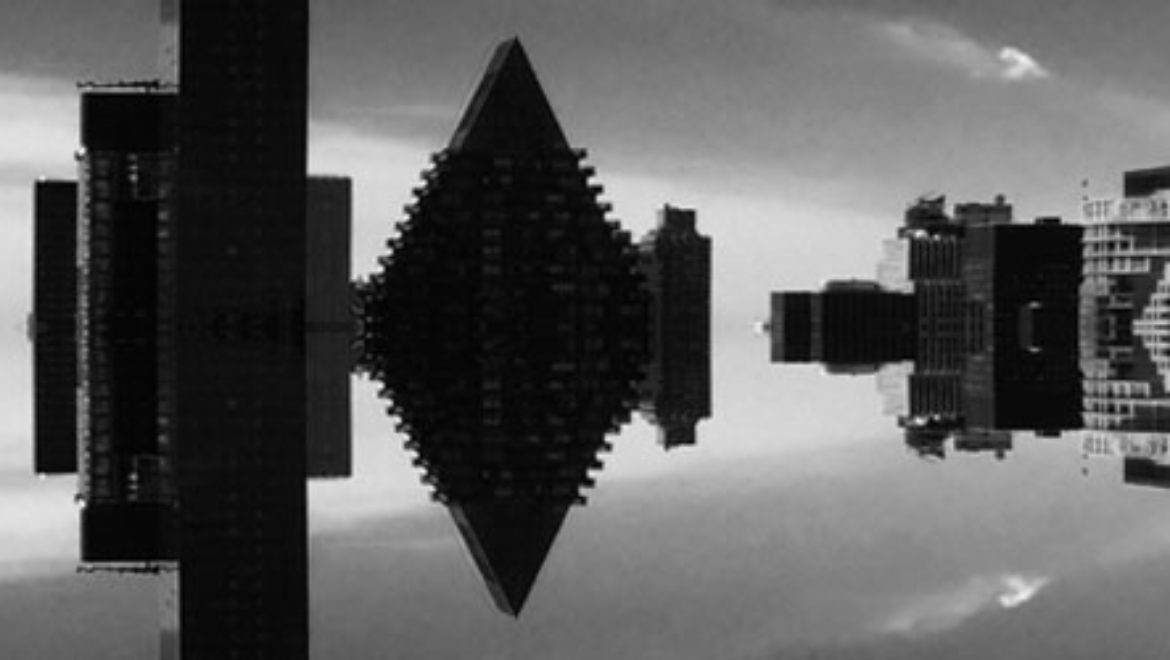
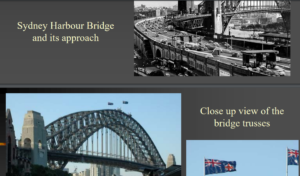
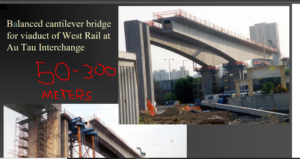
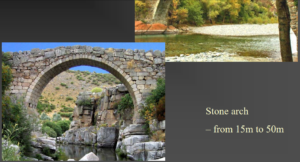
 Working on Week 2 response!!!!!!!
Working on Week 2 response!!!!!!!


